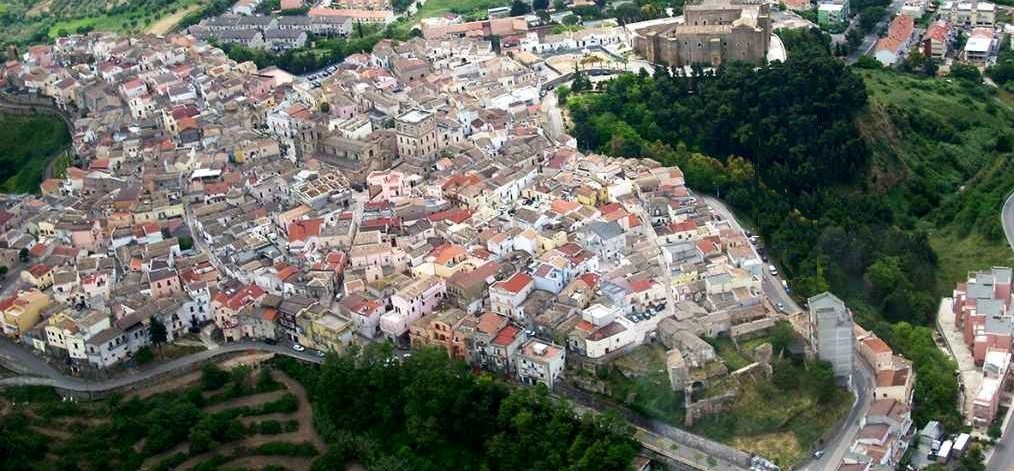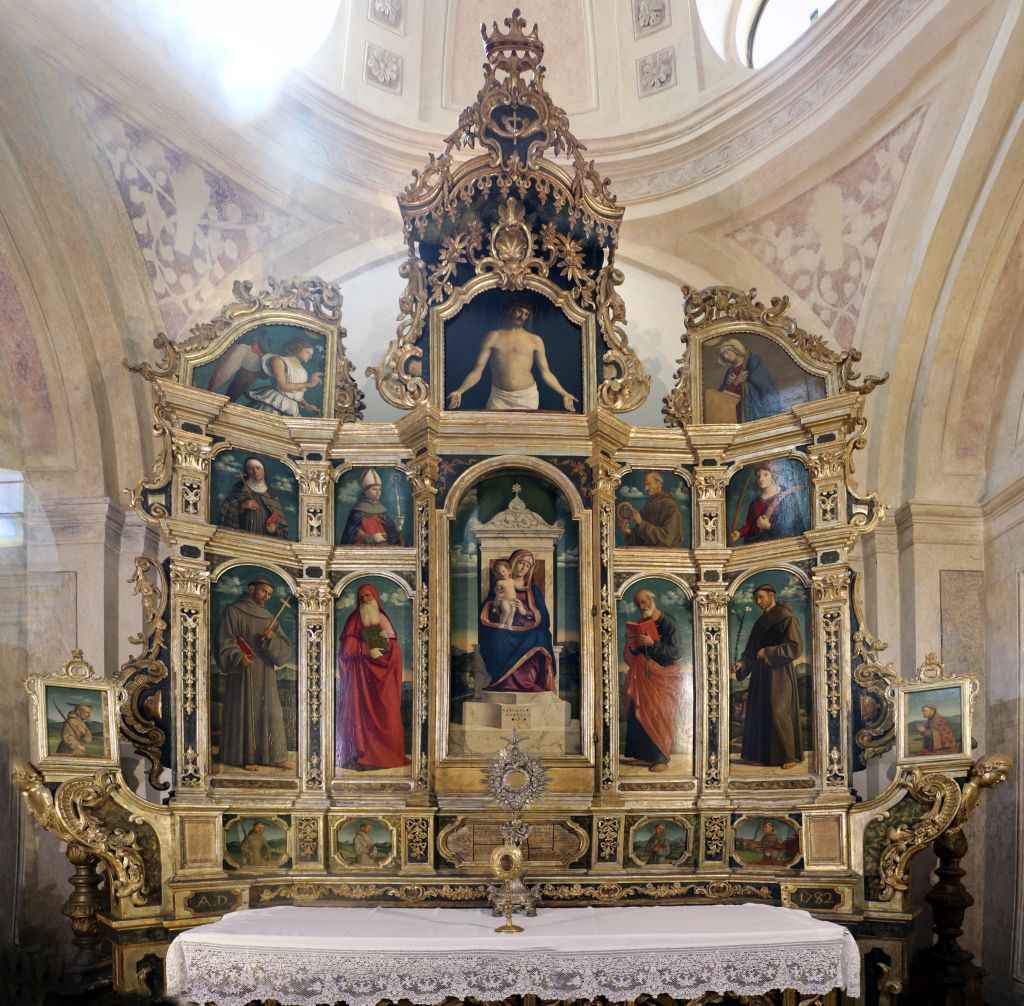



After leaving Matera and leading toward the Basentana highway, the first town on the way is Miglionico. Just after passing by the San Giuliano dam, the landscape turns into something more properly lucanian. Woods and olive groves replace the cereal crops and the morphology is more tormented. This is the greeting card of Miglionico on the top of a hill, between the Bradano and Basento rivers and with its famous majestic Malconsiglio castle, known for the historic conspiracy of the barons (1485) against King Ferdinand I of Naples. The sight of the imposing castle from the base of the hill make it look like threatening those below. Flanked by square towers and circular, placed on top of the building, the current entrance is located to the north-east, while the original entrance was facing south. The Malconsiglio hall, where the conspiracy took place, is on the first floor a well as the room of the stars or spirits with a star-shaped ceiling and chests where the most precious treasures and documents were kept.

 The mother church of Santa Maria Maggiore contains precious works such as the splendid polyptych (1499) of the Venetian master Cima da Conegliano, consisting of eighteen panels arranged in four orders, with in the center a beautiful Virgin Enthroned with Child and Saint John the Baptist, The Crucifix of Father Umile Da Petralia Soprana (1629), full of pathos, to the point of being used by Mel Gibson in the film The Passion, and the great baroque organ, composed of 321 pipes. The church also houses many valuable paintings such as the Madonna assumed into heaven by Tintoretto, the Madonna in the temple with the Saints of Guercino, the Madonna with Rosary by Girolamo Todisco and a Deposition from the cross made by a student of Lucan Antonio Stabile. Very beautiful portal (XIII) dominated by a Pietà sculpted by one of the greatest Lucanian sculptors, Altobello Persio. Not far from the center you can admire the small church of the Holy Trinity, inside completely frescoed (mid-fifteenth century) by a surprising iconography: in the apse the Crucifixion is the background to Gabriel and the Annunciation, while above the Trinity is recognized. On the right and on the left, then, on two registers that from the barrel vault descend to the ground, you can appreciate the Theory of saints and saints. At the bottom right, the Trinity is represented as a three-headed character. Very beautiful are also the frescoes preserved inside the church of Santa Maria delle Grazie, as well as a wooden statue depicting the Madonna delle Grazie (1786) of the Apulian sculptor Arcangelo Spirdicchio and a small organ seventeenth century.
The mother church of Santa Maria Maggiore contains precious works such as the splendid polyptych (1499) of the Venetian master Cima da Conegliano, consisting of eighteen panels arranged in four orders, with in the center a beautiful Virgin Enthroned with Child and Saint John the Baptist, The Crucifix of Father Umile Da Petralia Soprana (1629), full of pathos, to the point of being used by Mel Gibson in the film The Passion, and the great baroque organ, composed of 321 pipes. The church also houses many valuable paintings such as the Madonna assumed into heaven by Tintoretto, the Madonna in the temple with the Saints of Guercino, the Madonna with Rosary by Girolamo Todisco and a Deposition from the cross made by a student of Lucan Antonio Stabile. Very beautiful portal (XIII) dominated by a Pietà sculpted by one of the greatest Lucanian sculptors, Altobello Persio. Not far from the center you can admire the small church of the Holy Trinity, inside completely frescoed (mid-fifteenth century) by a surprising iconography: in the apse the Crucifixion is the background to Gabriel and the Annunciation, while above the Trinity is recognized. On the right and on the left, then, on two registers that from the barrel vault descend to the ground, you can appreciate the Theory of saints and saints. At the bottom right, the Trinity is represented as a three-headed character. Very beautiful are also the frescoes preserved inside the church of Santa Maria delle Grazie, as well as a wooden statue depicting the Madonna delle Grazie (1786) of the Apulian sculptor Arcangelo Spirdicchio and a small organ seventeenth century.